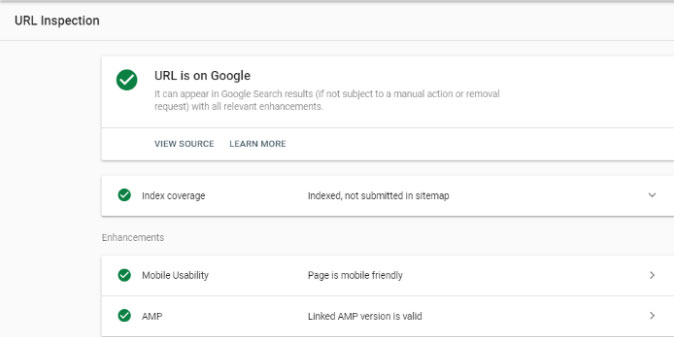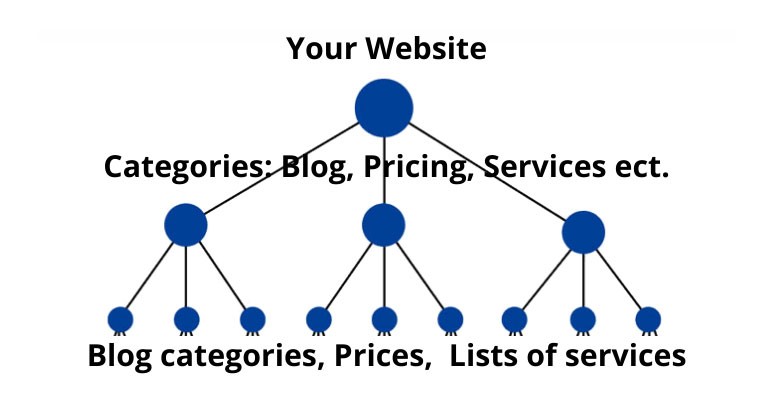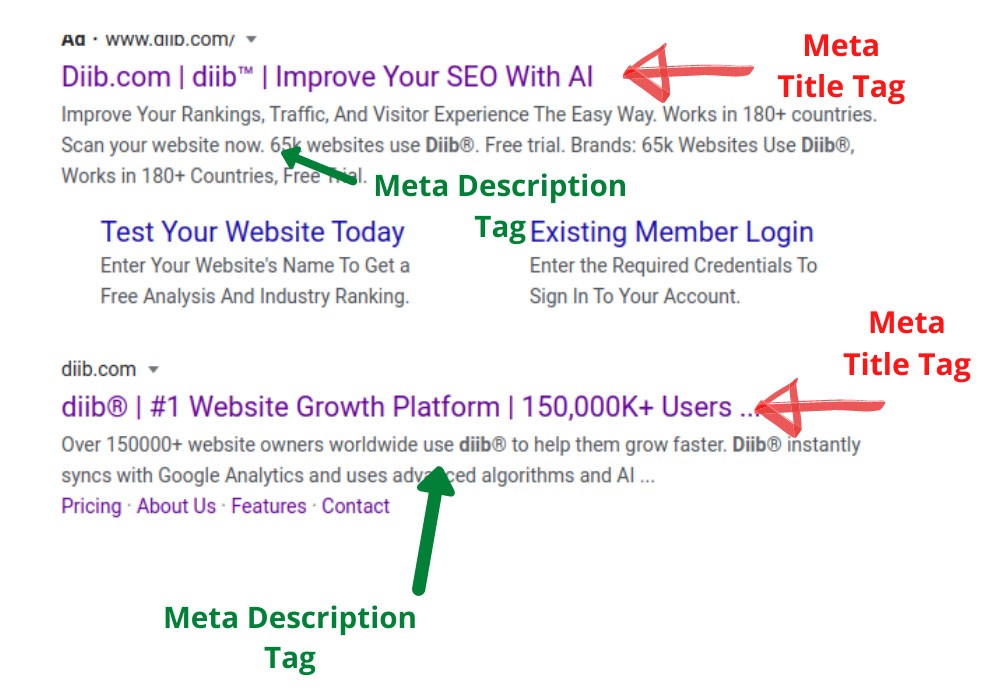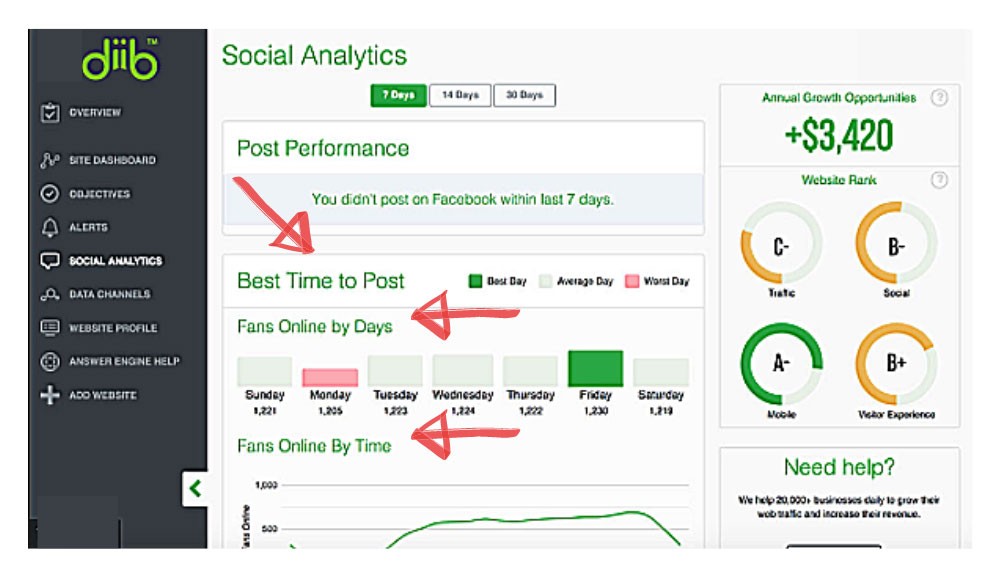You want your site to rank faster, and to do that, you need Google to crawl your site. If you have a site online, at some point, Google will send crawlers to understand it, but is there a way that you can get Google to crawl your site faster? Let’s have a look at what you can do to get Google to crawl your site sooner. Getting Google to crawl your website can take anywhere from a few days up to several weeks. Part of this depends on the age of your site because Google gives preference to the old websites.
Using the URL inspection tool
Luckily, you don’t need to understand much to use this tool. Even the least tech-savvy among us can understand it. You simply copy and paste the URL into the box. The tool will run an inspection to learn the last time that you had your site crawled. In addition, the URL inspection tool will also tell you if you have had your site ranked on the Google search results. Usually, after you have submitted this information, it will show up on the Google search pages within 15 to 17 hours. This tool will look something like this:

The other important thing is that it will tell you if you have had your AMP (see definition below) through the mobile version as valid. This is vital as an estimated 52.03 percent of traffic nowadays comes from mobile devices. To give you an idea about the growth, back in 2011, only 4.7 percent of traffic came from the mobile. They have more than quadrupled their growth in nine years.
It is important to note, you can also use the URL inspection tool as a way to boost your rankings on Google. Google likes pages with fast response times, and they like the articles to have valuable content in them that will have a true value to the customers. If you can deliver on these things, you won’t have any trouble ranking with Google.
You can’t expect to hit the Google search engine pages overnight, however, because it takes time. In fact, to get your full ranking, it can take up to 12 months before you will reach the fullest rank that your page will ever make. This could change with time as Google continues to make updates and changes to its algorithm.
Success looks different for each person because it depends on their budget, competition and skill level. Not only that, but their expectations can play a big role in this, and they must consider this fully if they want to get the best results. You will often get out of your website what you put into it, so you want to do as much with it as what you can while trying to learn how to do it better.
Even if you find yourself asking something like, “How do I get Google to crawl my website?” You should understand how this isn’t a difficult process. It doesn’t necessarily take much. You simply head to Google Search Console and use the URL inspection tool to use the Google index checker.
Definition box: “What does AMP mean? AMP stands for “Accelerated Mobile Pages.” It is an Open Source Framework that was launched as a joint initiative by Google and several other technology and publishing companies. With AMP, it is possible to create simple mobile websites that load almost instantly.
Submit a Site Map
For anyone asking themselves, “How to make Google crawl my website?” they should understand how building a site map doesn’t have to be a tedious process. In fact, you pick out the most important pages on your site that you want Google to crawl. After you have decided on the pages that you want them to crawl, you will choose a site format that you would like. You have the option to either create this yourself manually, or you could have one created through third party software. A simple example would look like this:

When you build the site map, you want to make sure that you have made it available to Google first. In this way, when you request for Google to crawl your site, they will be able to do it more easily. You want to make it as easy for Google as possible. That is the ultimate goal that will give you the most success. To make your site map available to Google, you will add it to the robots.txt file. You can choose to do it that way, but you could also choose to have it directly put on your site. It depends on you.
What basic guidelines exist for a Google site map that you’d want to employ to ensure that when you make a request like, “Crawl my website,” you will increase your chances of success. First, you should make sure that you have used a consistent URL that you have fully qualified. For example, let’s say that you put your site down with a “www.” signal. You would want to qualify your website using the same www. Don’t put it in without even if it will yield the same results.
When you go to ask something like, “Google crawl my website,” you should make sure that you haven’t included the session IDs from the URLs because of how this can lead to duplicate crawlers that will mess up the search engine rankings. You want to do it in such a way that you don’t have to worry about it.
In addition, anything with over 50,000 URLs or 50 MB should have it broken up into multiple site URLs for the best results. You want to list all the individual site maps and submit the single sitemap to Google.
Don’t forget the most important step, which is to make the site map available to Google. In addition, you should understand that Google won’t check the site map each time that your site gets crawled. You should also not ping unchanged site maps as this will have zero positive effect on your rankings. Only update Google on the specifics of your site map after you have either had a new update with it or you have decided to submit a new site map altogether.
Test your SEO in 60 seconds!
Diib is one of the best SEO tools in the world. Diib uses the power of big data to help you quickly and easily increase your traffic and rankings. We’ll even let you know if you already deserve to rank higher for certain keywords.
- Easy-to-use automated SEO tool
- Keyword and backlink monitoring + ideas
- Speed, security, + Core Vitals tracking
- Intelligently suggests ideas to improve SEO
- Over 500,000k global members
- Built-in benchmarking and competitor analysis
Used by over 500k companies and organizations:
Syncs with 
You Might Also Like
Why Do You Need to Index Your Site?
You want to have your site indexed because of how this means that the contents of the website have been downloaded to the Google search engine. A Google index checker can tell you if your site has been downloaded to the search engines. If it hasn’t, you can remedy this problem through requesting to have your site indexed. The Diib analytical software instantly detects any indexing issues with your site. That page would look something like this:

This is significant because if your site doesn’t show up in the search engines, you won’t receive any traffic. For a lot of websites, their largest source of traffic comes from the search engines, which is why you want to make sure that you have had your site indexed properly. When you say, “Crawl my site Google,” you are asking to have your site indexed to their search engine.
To have your website do well, you need to have it indexed. Otherwise, you most likely won’t see the level of success that you had hoped for. SEO is a long game, and it requires constant and never-ending improvement for you to do especially well with it. You should check to see how your site is improving and continue to make the changes as the need arises.
FACT: In 2019 (to date), Google accounted for just over 75% of all global desktop search traffic, followed by Bing at 9.97%, Baidu at 9.34%, and Yahoo at 2.77%. (Impact)
What are the Indexing Factors That Matter?
When you ask to get Google to crawl my website, one of the things that you have to look at is some of the indexing factors that will have an impact on your rank. Let’s have a look at the different factors to learn about what has an impact on the ranking. That matters because the first ranking on Google will have the highest click through rate in most cases. That’s because Google uses the click through rate to determine what is first rank because it sees this as more relevant to users.
Some of the most common things that will impact indexing factors include:
- Secure and accessible website
- Page speed
- Mobile friendliness
- Age of the domain, URL and authority
- Optimized content
- User experience
- Technical SEO
- Links
- Social signals
- Real business information
Secure and Accessible Websites
Google wants to make their search engine as user friendly as possible, and for that reason, they give a higher ranking to those who have a secure website that is useful and accessible. When you ask Google to crawl your website, their search bots will send out spiders to crawl your site. They add these to the Google index to rank them accordingly. Meanwhile, Google will look at these things to determine what are the most relevant search results. Google indexes trillions of web pages, which should give you an idea about the scale, and the accessible websites will receive a higher ranking.
Page Speed
Google themselves have cited page speed as the most important element of ranking. Overall, this has to do with user experience because of how faster page speeds improve the user experience. You have to look at both the desktop and the mobile devices because if it fails to upload fast on the mobile, your website could still face a penalty.
Sometimes, this will be slower than desktop speeds because of how it has data caps and other things that can interfere with fast speeds.
FACT: 70% of Customers Say Site Speed Impacts their Purchasing Decisions.(trinity)
Mobile Friendliness
Mobile friendliness means that you don’t have huge text blocks that will show up as a wall of text on the mobile. You will also want to use large fonts that will show up on the mobile platform more easily. In addition, you have to make sure that essential content doesn’t get hidden by ads.
Mobile friendliness can have a real impact on where you rank on Google. Before you say, “Google crawl my website,” you should first check to make sure that you have made your website as friendly as possible.
FACT: 37% of Visitors Bounce When Your Site Takes Five Seconds to Load. (trinity)
Age of the Domain, URL and Authority
Most of the websites, an estimated 60 percent of those that rank the highest, are three years of age or older. That should show you how an older website has more authority on Google. Sites under a year old have the least clout when it comes to achieving these rankings more easily.
Optimized Content
SEO optimized content tends to rank higher than some of the other content. Not to mention, Google will penalize anything that has duplicate content on it. That’s because Google sees anything with duplicate content as less authoritative, which will have a negative impact on indexing. Optimized content gets ranked as the most authoritative.
Definition box: SEO, or search engine optimization, is the process of making changes to your website design and content in order to help it appear on search engines. By optimizing your website for search engines, you can increase your visibility through the organic, or unpaid, search engine results.
User Experience
We have talked about the user experience previously, and everything comes down to the user experience. If it goes against the user experience, you can expect that it will be a less desirable website in the rankings. Everything that you do on your website should pay close attention to the user experience.
Technical SEO
Technical SEO pays attention to a number of things that include:
- Meta descriptions
- Header tags for content hierarchy

- Schema markup. Here are some examples of schema markup:

- Use of keyword phrases for image alt tags
Links
You have three types of links that matter most when it comes to SEO, and this includes outbound links, inbound links and internal links. Outbound links will link to other useful content pages on the web to further help the users. Meanwhile, inbound links happen when people link to your website. Finally, you have internal links, which means that you link the pages of your own content together.
Social Signals
Social networks have taken over in terms of how content ranks. It has become a big part of it. When you have a piece that received over one million shares, that could indicate that the content has some definite value, and Google will rank it higher. Also, the number of shares will create more backlinks to your content, which will also help it to rank higher. Diib software also integrates social media signals into your website health. It helps you track which posts are most effective, the best time of day and week to post and your reader demographics. Here is what that page would look like:

Real Business Information
This especially matters with local businesses because of how your content will rank better when it has these things included with it to show actual business information. The things that you want to include are:
- Business pages on Facebook and Google My Business
- Correct use of local search terms
- Phone number, business address and name
- Positive reviews on the web
Update Old Content
Want to get Google to crawl your website more often? All you have to do is update old content more often. You should still be putting up new content regularly, but at the same time, this will cause Google to search your site more often. Google wants to bring the best user experience possible. For that reason, you should pay special attention to the user experience. At the end of the day, even if you can manage to put a scam over on the Google search engines, when they catch onto it, your site will drop. That is why it is better to simply update your site with the best content and continue to put up new content.
FACT: 34% of bloggers say that updating content produces strong results.
Updating old content can even help you with rankings. Over time, old content starts to degrade, and it will have less success than what it previously had as it won’t rank as well for certain search queries. If, however, you tell Google that you have new content, this can lead to a spike in traffic.
Some of the distinct advantages of updating old content include:
- Improving the click through rate
- Shows Google you have fresh content
- Improves the accuracy
- Gets rid of broken links
- Improves frequency of indexing from Google
- Fixes issues with recent Google updates
We hope that you found this article useful.
If you want to know more interesting about your site health, get personal recommendations and alerts, scan your website by Diib. It only takes 60 seconds.
It is important to note, you may not want to remove old content altogether because most SEO experts see this as a dangerous strategy to win rank with the search engines. Instead, Gary Illyes from Google recommended that you add more valuable content to your site because this will have a more positive impact than simply removing it. In general, if you can still benefit from having those blog posts up like it still generates even a few visitors per month, you may want to keep the post up.
Diib®: Help Google to Crawl Your Site
It can seem complicated and somewhat ambiguous to try and figure out how and why Google crawls a website and exactly how that impacts rankings. With analytics software, however, this process can become simple and straightforward. With a simple 60 second site scan, you can have key information at your fingertips that can offer insights into your site speed, mobile friendliness and indexing concerns. Here are some of the key features that can help Google crawl your site more efficiently:
- Google Core Algorithm monitoring
- Link auditing
- Broken pages where you have backlinks (404 checker)
- Keyword, backlink, and indexing monitoring and tracking tools
- Alerts and Objective that guide you to strengthen your website
Click here for your free 60 second site analysis and industry ranking or call 800-303-3510 to speak with one of our Growth Experts.
FAQ’s
Although it varies, it can take as little as 4 days to as much as 6 months for a site to be crawled by Google and for it to attribute authority to the website/domain. When you publish new content or a sitemap, other factors can determine how quickly it will be indexed.
This takes effect in about a day, but it is only temporary (after about 90 days it will reappear in search results). You must take the additional steps to have it removed permanently.
- Go to the browser search bar.
- Type the website URL which you want to get the web page URL’s.
- And after typing the website type /sitemap.xml.
- Hit enter, Boom now you will get all the links of your website.
Give it a few days (at least), but if Google still hasn’t indexed your site, make sure your sitemap is uploaded and working properly. If you haven’t created or submitted a sitemap, this could be your problem. You should also request Google crawl and fetch your site.
Here are some of the top tools for sitemap creation:
- DYNOMapper.com. DYNO Mapper is a visual sitemap generator that makes planning your website’s information architecture easy.
- Mindmup.com.
- Slickplan.com.
- Writemaps.com.
- Mindnode.com.
- PowerMapper.com.
- Google Sitemap Generator for MS2.
- Dev Intelligence Sitemap Generator.



